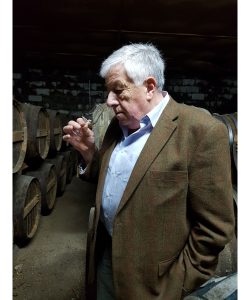 In many ways, the concept of a fine cognac is down to the taster’s perception based on what he has tasted in the past and the flavours to which he has become accustomed in his daily life. But defining those flavours is secondary to understanding what is required of a cognac in order to describe the various properties that bring that flavour about. However, it is probably fair to say that we all like smooth and individual cognac flavours, uninterrupted by other, less desirable properties such as aggressiveness, bland flavours and overpowering sweetness caused by syrups. When judging cognac professionally, the key skill is understanding of the desirable and not so desirable properties that can be found in it. Excluding the initial considerations of colour and aroma, my first consideration is the balance, followed by the complexity and concentration and depth of flavour. All of these are critical in defining what we seek to provide; award winning cognacs.
In many ways, the concept of a fine cognac is down to the taster’s perception based on what he has tasted in the past and the flavours to which he has become accustomed in his daily life. But defining those flavours is secondary to understanding what is required of a cognac in order to describe the various properties that bring that flavour about. However, it is probably fair to say that we all like smooth and individual cognac flavours, uninterrupted by other, less desirable properties such as aggressiveness, bland flavours and overpowering sweetness caused by syrups. When judging cognac professionally, the key skill is understanding of the desirable and not so desirable properties that can be found in it. Excluding the initial considerations of colour and aroma, my first consideration is the balance, followed by the complexity and concentration and depth of flavour. All of these are critical in defining what we seek to provide; award winning cognacs.
A cognac that is unbalanced has many aggressive and fiery qualities that hide the style and flavour. In some cases, it may be very difficult to create balance as this is usually created by long ageing in the barrel where it gently mellows. Young cognacs will not have developed flavour nor had time for the alcohol to reduce naturally, so will not be balanced. Where this happens, additives are used to hide the strength but, they also add sweetness to the brandy.
The term “complexity” is often taken negatively. In fact, it refers to a very varied mix of flavours which develop as a result of the reaction between the wood (tannins) and the alcohol in the cognac. Over time, more and more flavours will develop but it is not enough to just have a wide range of flavours, we also look for depth and concentration. It is the depth of the cognac that provides us with the most exciting tastes which are often referred to as “Rancio”. This is a richness but also an intense mustiness that one might associate with an old Madeira wine.
Much of what we do here at Hermitage is to seek out cognacs with all these characteristics. We look to achieve Gold Medals with all we supply but it is not easy as the availability of cognacs which meet this high level of perfection is very limited. Our cognacs are at the very top of the luxury group, there are other groups with much lower standards, many being associated with generic blends and we judge them on a completely different level. There will be good cognacs at every level but there comes a point which is difficult to exceed.
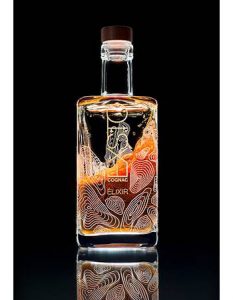 Exsto Cognac has been created by two French women, sommelier Julie Dupouy and entrepreneur Sabrine Duong. Their idea was to make a cognac from a “female point of view”, not “an old man’s type of drink” nor made in a traditional way through the sole vision of a family-run cognac maker. They picked 8 eaux-de-vie from 15 small cognac producers and were assisted by Vallantin-Dulac’s seventh generation master blender. Their aim was to produce a more elegant spirit with a more fruit-forward style. At the end of the process, they had created two blends: Elixir and Or Imperial. The bottles feature the hand-drawn multi-ringed topography of Cognac’s grape-growing areas – a visual that Dupouy likens to a Mastryoshka doll – while the caps, which include air-tight Vinalok seals, are designed by French glass artists Eve and Laurent George. It will be interesting to see if a new approach to cognac production, unencumbered by family traditions, can produce a different style of cognac. Whether the female influence will result in increased popularity with the ladies remains to be seen.
Exsto Cognac has been created by two French women, sommelier Julie Dupouy and entrepreneur Sabrine Duong. Their idea was to make a cognac from a “female point of view”, not “an old man’s type of drink” nor made in a traditional way through the sole vision of a family-run cognac maker. They picked 8 eaux-de-vie from 15 small cognac producers and were assisted by Vallantin-Dulac’s seventh generation master blender. Their aim was to produce a more elegant spirit with a more fruit-forward style. At the end of the process, they had created two blends: Elixir and Or Imperial. The bottles feature the hand-drawn multi-ringed topography of Cognac’s grape-growing areas – a visual that Dupouy likens to a Mastryoshka doll – while the caps, which include air-tight Vinalok seals, are designed by French glass artists Eve and Laurent George. It will be interesting to see if a new approach to cognac production, unencumbered by family traditions, can produce a different style of cognac. Whether the female influence will result in increased popularity with the ladies remains to be seen.
 While Baijiu is the undisputed national spirit of China,
While Baijiu is the undisputed national spirit of China, 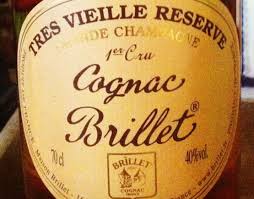 Rémy Cointreau is in negotiations to buy Maison J.R.Brillet, a
Rémy Cointreau is in negotiations to buy Maison J.R.Brillet, a 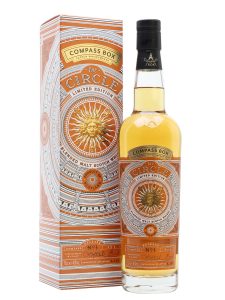 Scottish whisky blender, Compass Box, has released a new spirit drink comprising calvados & whisky. The calvados, from the
Scottish whisky blender, Compass Box, has released a new spirit drink comprising calvados & whisky. The calvados, from the The IWSC 2019 Awards have just been announced and we are delighted to report that Hermitage Cognacs are once again amongst the winners with three cognac gold medals.
The IWSC 2019 Awards have just been announced and we are delighted to report that Hermitage Cognacs are once again amongst the winners with three cognac gold medals.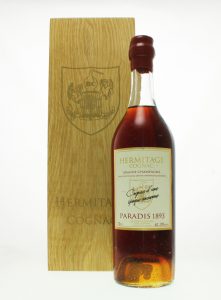
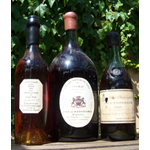 Recent sales of some rare vintages have only served to highlight the value of old vintage cognacs. Prices of more than £200k a bottle were achieved on two occasions and we have seen other mouth-watering prices being paid. But not only have the prices of
Recent sales of some rare vintages have only served to highlight the value of old vintage cognacs. Prices of more than £200k a bottle were achieved on two occasions and we have seen other mouth-watering prices being paid. But not only have the prices of 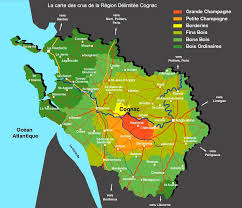 It seems that we haven’t got enough variations on the theme of
It seems that we haven’t got enough variations on the theme of 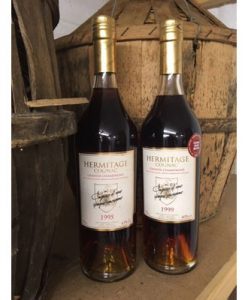 We are truly at the height of summer here in the UK. France has experienced extremes of weather again this year, but the growing season is going well. As ever DB has been searching out new cognacs for you to enjoy and recently, he added four new vintages to the Hermitage stable. From the top cru, Grande Champagne, comes
We are truly at the height of summer here in the UK. France has experienced extremes of weather again this year, but the growing season is going well. As ever DB has been searching out new cognacs for you to enjoy and recently, he added four new vintages to the Hermitage stable. From the top cru, Grande Champagne, comes 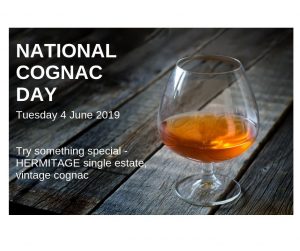 Did you know it was National Cognac Day last month? A relatively new addition to the annual calendar and originating in the United States of America, it is celebrated on the 4th of June. As with all popular, American activities it has become a worldwide event, so mark it in your diary ready for 2020! This year Jeanne O’Brien Coffey came up with 5 reasons to drink
Did you know it was National Cognac Day last month? A relatively new addition to the annual calendar and originating in the United States of America, it is celebrated on the 4th of June. As with all popular, American activities it has become a worldwide event, so mark it in your diary ready for 2020! This year Jeanne O’Brien Coffey came up with 5 reasons to drink  In many ways, the concept of a
In many ways, the concept of a